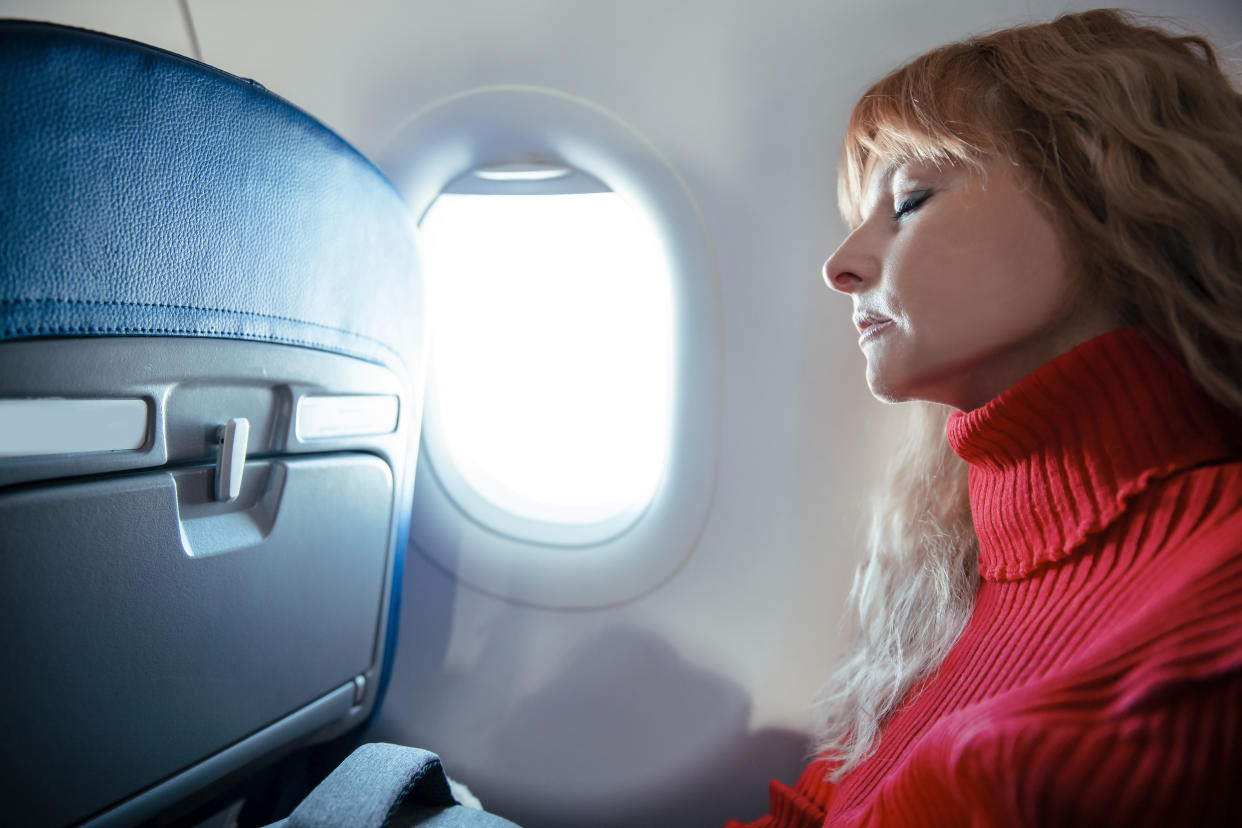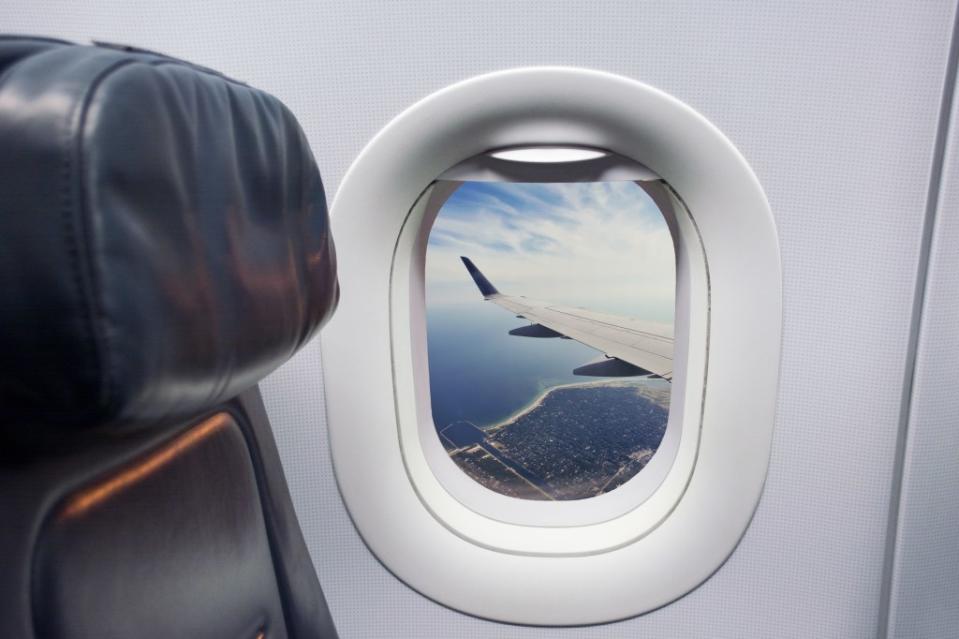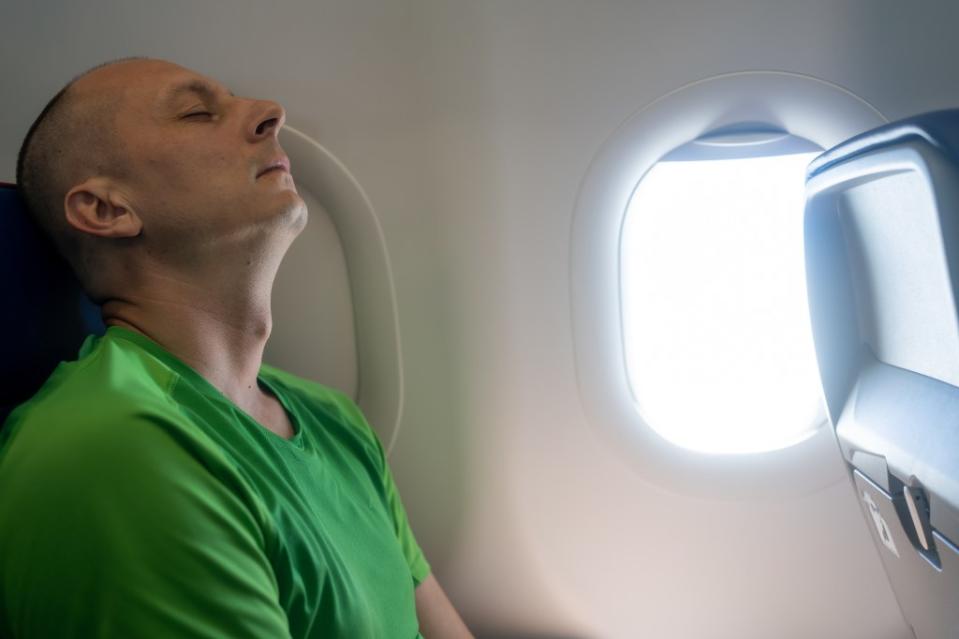Airplane window shades should be open during takeoff and landing — here’s why

It’s important to keep an open blind.
Having the window shade open during takeoff and landing might seem like an unnecessary nuisance. However, there’s an important safety reason for this seemingly shady protocol, which is why many airlines require the sky shutter to be up during these times.
“Raising your window shade during takeoff and landing makes it easier for the flight attendants to assess any exterior hazards, like fire or debris, that might interfere with an emergency evacuation,” pilot Patrick Smith of AskThePilot.com told “Travel + Leisure.”

This allows crewmembers to determine which side of the aircraft is safer for an impromptu deplaning, which is vital given that crew members need to be able to evacuate a flight in 90 minutes or less.
Along with helping facilitate safety assessment, open window shades also help passengers “remain oriented” during a sudden impact with “tumbling and rolling,” per the flyboy.
The logic is that if anything happens during takeoff or landing, your eyes will have adjusted light outside, thereby allowing you to react more quickly, according to flight blog BAA Training.
This practice is crucial during “takeoff, approach, and landing” as that’s when accidents are most likely to occur, per a report by Airbus.
That’s because these are “highly complex flight phases,” that place significant demands on crewmembers with regards to “navigation, aircraft configuration changes, weather conditions” and other factors, all of which increase the likelihood of a catastrophe, per the aircraft manufacturer’s report.
Having the window shades up is especially crucial in the exit row, where passengers are required to assist the crew in the case of an emergency.
“The passengers in the exit row need to look out the window first before opening the exit,” Sue Fogwell, a former United Airlines flight attendant, told T+L. “If the wing is torn off, for example, that is no longer a viable exit.”

Along with helping on-board employees see outside the aircraft, having the shades up also allows outside emergency crews view what’s going on inside, whether it be fire, smoke or other fiasco, BAA training reports.
Despite the importance of this portal protocol, it’s up to airlines to mandate the shade; The Federal Aviation Administration (FAA) doesn’t have any specific rules regarding blind position.
“I always make sure my window shade is up for takeoff and landing, no matter where I am sitting on the plane,” said Lisa, a former American Airlines air hostess.
Interestingly the topic of who has portal authority during non-emergencies has been a point of contention of late, as highlighted by the many recent instances of flyers warring over shade rights.
In February, a female airline passenger put the “blind” in “blind justice” after shutting down an “entitled” brat who monkeyed with her sky shutter.
Ultimately, flyers need to relinquish their blind rights during emergencies or when seated in exit rows on certain airlines.

